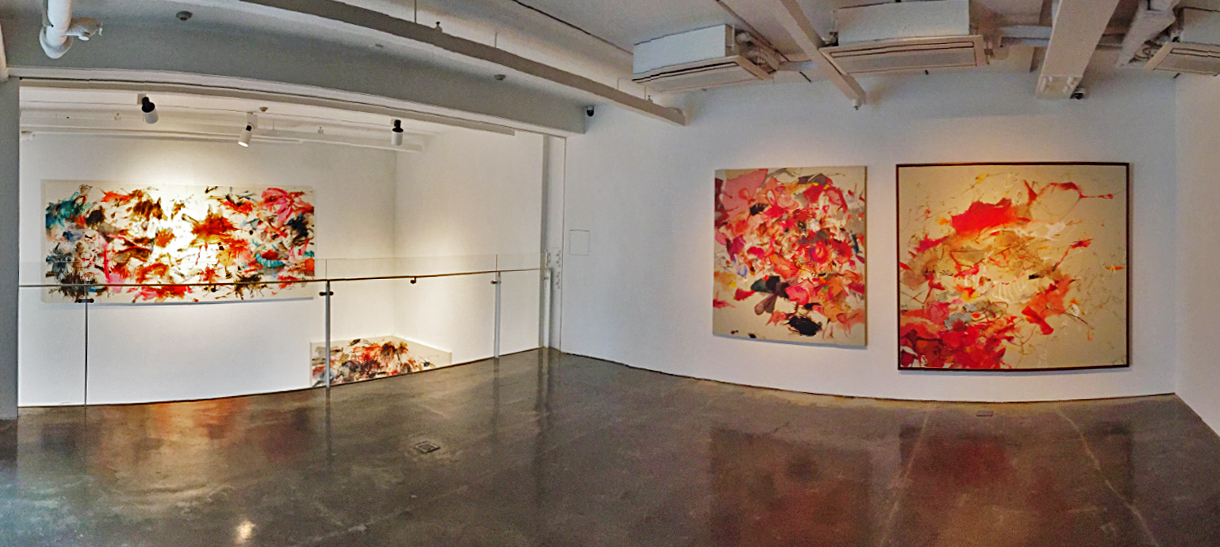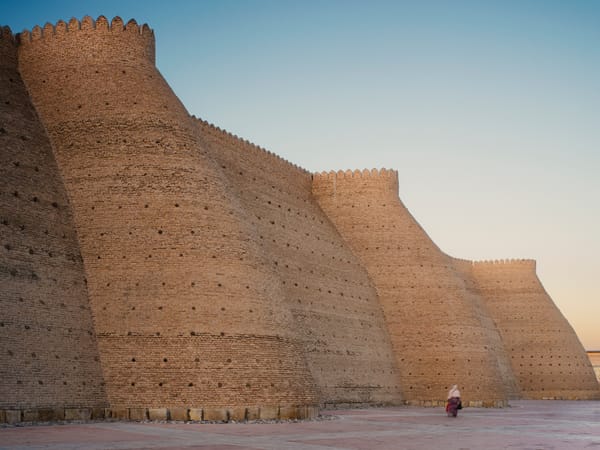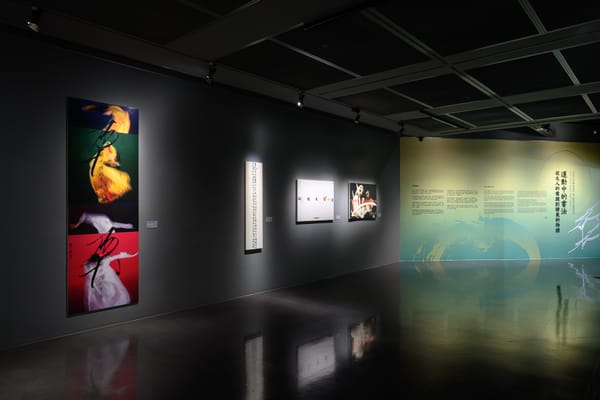Shows
Christine Ay Tjoe's “Perfect Imperfection”


A curator’s hand can make or break an artist’s work. “Perfect Imperfection,” the first solo exhibition in Korea of prominent Indonesian artist Christine Ay Tjoe, is evidence of one such making. The show reflects the deep understanding the curator has of the artist’s work that is needed to provide an informative framework of her artistic practice and development—from Ay Tjoe’s graphic influences to her beautifully colorful oil canvases. With over 60 works displayed across the three floors of SongEun ArtSpace in Seoul, the exhibition—organized by guest curator Jasmine Prasetio—leads the viewer through the past 15 years of Ay Tjoe’s practice by following recurring spiritual metaphors in her works: from darkness and light to somewhere between and within, and also the future. In her body of work, the artist converts Christian biblical references into secularized, spiritual inquiries of universal experiences that we share as human beings.
The title of the exhibition aptly summarizes Ay Tjoe’s search for the balance between abstraction and figuration, and between control and free flow. The artist’s works are visual representations of her struggle with her own faith and its tension with her undeniable humanness. The painting Jubah Barabas #01 (Barabas’ Robe #01) (2008) exemplifies this constant balancing act, featuring abstract, intertwined figures, in which elements of light and darkness are inextricably linked to one another. Insatiable hands reach out from the obscured, floating bodies—in search of something and with a sense of perpetual longing. It seems to say that the constant strife that arises from the coexistence of our earthly and spiritual desires is perhaps the curse of being human, positioned somewhere between an animal and a transcendent, or an angel and a monster.

While the theme of insatiable human desires and spiritual transcendence over such worldly attachments pervade much of Ay Tjoe’s work, the artist’s search for a resolution serves as an open conclusion on the last floor of the gallery space. One cannot see the entirety of the large-scale painting Journey Without Distance (2011), because of its proximity to an adjacent wall and the lack of light. Just like how we often go about our everyday without pausing to take in the whole picture of our lives, this expansive painting—suspended from the ceiling and meant to be viewed from a 50-centimeter distance—allows viewers only glimpses of the three-paneled canvas at a time. Viewers must cautiously walk the narrow and dark path between the wall and canvas, following the painting’s soft fields of muted beige gradations, outlined and entangled by the white, red and black lines traced with her signature oil sticks.

The highlight of the exhibition is indisputably The Last Layer (2012), a red-hued painting that hangs isolated in a darkened space partitioned by black curtains. The chapel-like sanctuary achieves maximum effect when the projection of The Last Layer Video Animation (2012–14) spreads outward from the center of the aforementioned painting. The projection shows leafy, red shapes—a recurring motif in Ay Tjoe’s paintings—that turn round and round, like an array of flickering coins gradually spreading out on the floor and ceiling of the gallery space. The effect is mesmerizing: the red canvas appears otherworldly and, for a moment, transports the viewers to a sublime experience. Upon leaving the room, however, one comes to the realization that the search for a resolution is not over, and that our predisposition for inner strife will continue as long as humanity itself.
“Perfect Imperfection” is on view at SongEun ArtSpace, Seoul, until June 20, 2015.







